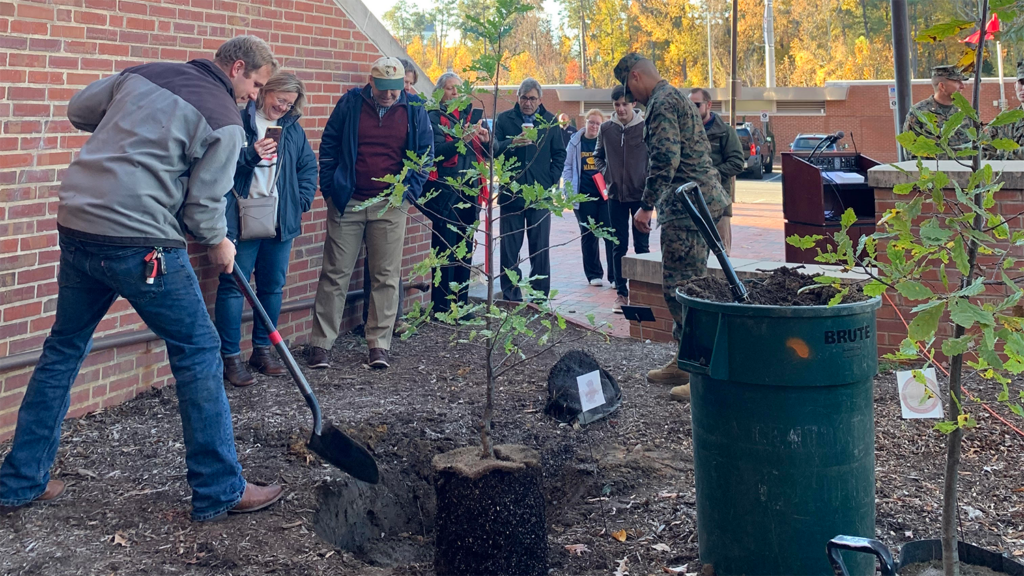Fall Planting, Not Just For Vegetables
go.ncsu.edu/readext?954738
en Español / em Português
El inglés es el idioma de control de esta página. En la medida en que haya algún conflicto entre la traducción al inglés y la traducción, el inglés prevalece.
Al hacer clic en el enlace de traducción se activa un servicio de traducción gratuito para convertir la página al español. Al igual que con cualquier traducción por Internet, la conversión no es sensible al contexto y puede que no traduzca el texto en su significado original. NC State Extension no garantiza la exactitud del texto traducido. Por favor, tenga en cuenta que algunas aplicaciones y/o servicios pueden no funcionar como se espera cuando se traducen.
Português
Inglês é o idioma de controle desta página. Na medida que haja algum conflito entre o texto original em Inglês e a tradução, o Inglês prevalece.
Ao clicar no link de tradução, um serviço gratuito de tradução será ativado para converter a página para o Português. Como em qualquer tradução pela internet, a conversão não é sensivel ao contexto e pode não ocorrer a tradução para o significado orginal. O serviço de Extensão da Carolina do Norte (NC State Extension) não garante a exatidão do texto traduzido. Por favor, observe que algumas funções ou serviços podem não funcionar como esperado após a tradução.
English
English is the controlling language of this page. To the extent there is any conflict between the English text and the translation, English controls.
Clicking on the translation link activates a free translation service to convert the page to Spanish. As with any Internet translation, the conversion is not context-sensitive and may not translate the text to its original meaning. NC State Extension does not guarantee the accuracy of the translated text. Please note that some applications and/or services may not function as expected when translated.
Collapse ▲Fall is a great time to plant, many vegetables and herbs can be planted in the fall. Carrots, cauliflower, dill, garlic and kale are just a few, for a list or vegetables and dates check out Eastern North Carolina Planting Calendar.
Fall is also a good time to plant ornamental deciduous trees, shrubs and herbaceous perennials. Just like in the spring the weather is cooler and has more rain than the summer, putting less stress on new plantings. Fall planting allows the roots of the new plantings to grow and get more established. This happens because root growth will continue after the top vegetative growth has stopped and in places with more mild winters can grow well into winter. When planted in spring, plants are forced to attempt to establish new roots, shoots, and flower growth simultaneously. The more established root systems will result in better spring flushing and flowering. You can also have less pest pressure for fall plantings, there are fewer insect and disease problems since a lot of them are winding down whereas in the spring and summer they are ramping up.

In general, deciduous plants are more suitable for fall planting than evergreens. Evergreens will still lose water through their leaves in the winter and are susceptible to winter injury before their roots are established. Deciduous species that respond well to fall planting include apples, maples, elms, lilacs, and forsythia. The chance of plant failure increases the later in the season you wait so try to give plants at least six weeks of mild weather for root growth before freezing temperatures arrive. Remember that it can vary how long it takes for plants to get established in the landscape, bigger plants with thicker diameter trunks take longer, so just because you planted in the fall doesn’t mean you won’t have to take care of it the following year.




